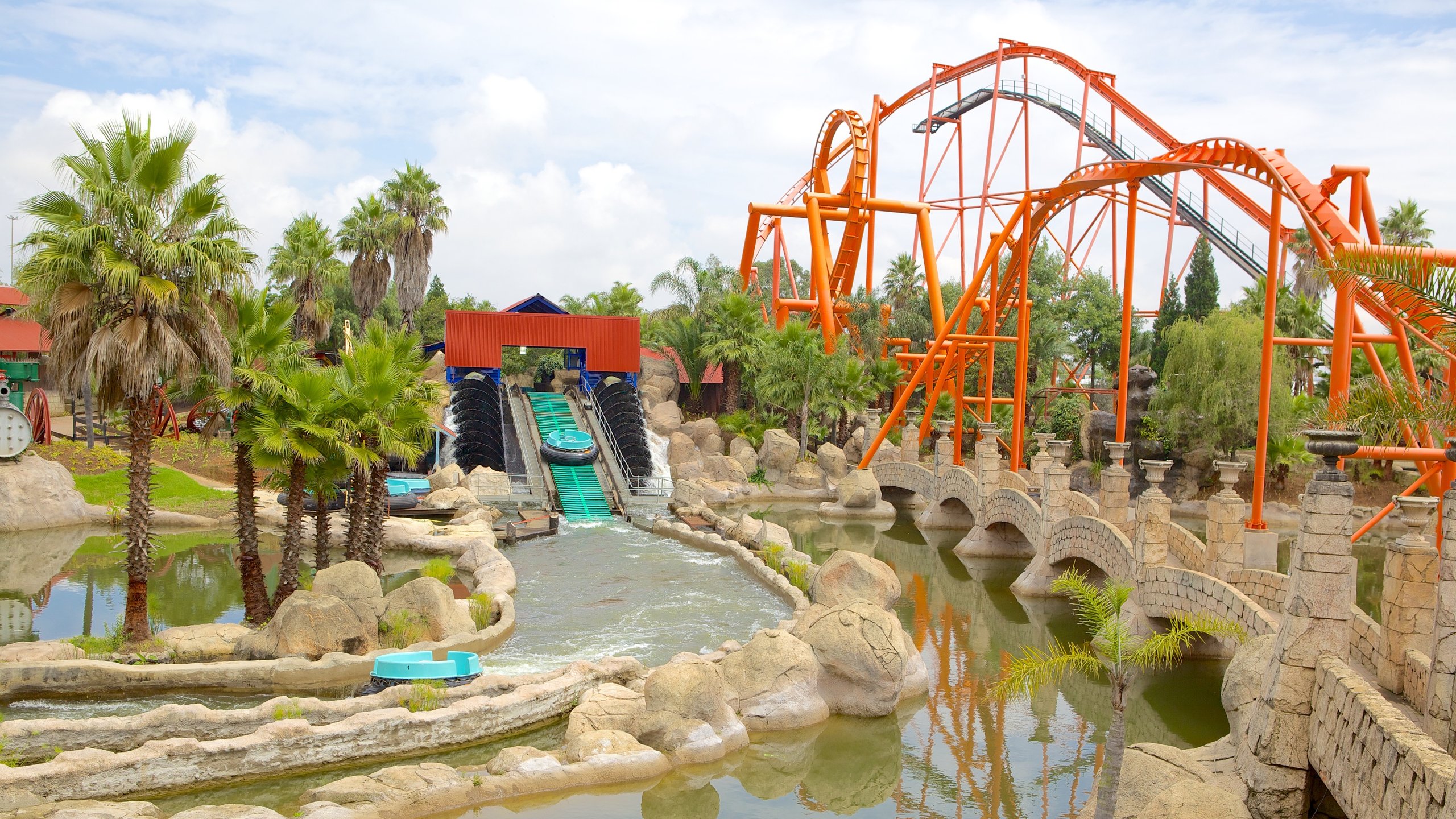The Only Guide to Johannesburg North Attractions
The Only Guide to Johannesburg North Attractions
Blog Article
8 Easy Facts About Johannesburg North Attractions Described
Table of ContentsHow Johannesburg North Attractions can Save You Time, Stress, and Money.The Buzz on Johannesburg North AttractionsAn Unbiased View of Johannesburg North AttractionsThe 15-Second Trick For Johannesburg North AttractionsAll About Johannesburg North AttractionsThe Best Guide To Johannesburg North Attractions
The city grew on the side of the Witwatersrand Main Reef, a below ground stratum of gold-bearing quartz-silica conglomerate that arcs for hundreds of miles under the Highveld - Johannesburg North attractions. Many of the gold mines in the city ceased procedure in the 1970s, however in its day the Witwatersrand gold sector accounted for even more than 40 percent of the world's annual gold manufacturing.Johannesburg has a pleasant environment. Summer temperature levels average concerning 75 F (24 C); winter temperature levels balance concerning 55 F (13 C) and just sometimes dip below freezing. The city takes pleasure in regarding 8 hours of sunlight daily in both wintertime and summer season. Rain standards regarding 28 inches (700 millimetres) per annum, yet the complete varies substantially from year to year.
What rainfall the city receives drops practically specifically in the summer season months, commonly in incredible late-afternoon electric storms., where several homeowners still depend on coal for fuel.

Johannesburg North Attractions Can Be Fun For Everyone
The balance of the city is inhabited by whites. Accommodation varies in personality and top quality. Soweto is well-known for its limitless rows of municipally developed, two-room matchbox homes, yet it likewise has a few prosperous territories as well as bristling squatter camps, where 10s of thousands live without water, electrical energy, or sanitation centers.
Physical development, although rather restricted by transport, continued rapidly as migration to South Africa, and Johannesburg specifically, raised significantly. This trouble was solved in the 1930s when the car was introduced in automation to South Africa. Cars were, for the most component, confined to the affluent, and allowed them to relocate to the north of the city and commute right into the centre.
Most poor suburban areas a knockout post were combined, with inadequate blacks and whites living together, although the affluent suburban areas were generally reserved for whites. This changed with the election of the National Event in the 1948 political elections, that started to formalise the system recognized as apartheid. Discrimination officially designated which suburban areas each race can live in under the Group Areas Act.
The number of individuals living in the inner city on a casual basis is unknown, as several are unlawful immigrants. The unemployment, education, and age accounts of the location are all unidentified, due to the trouble of getting dependable info about the location.
A Biased View of Johannesburg North Attractions
Yeoville and Bellevue have a mix of house structures and solitary property systems on tiny whole lots. The area is located on a mountainous divide that runs from eastern to west.

Johannesburg Stadium, a training ground for both the Golden Lions and Orlando Pirates, is adjacent. The eastern residential areas of Johannesburg are situated in the city's 7th [] and 9th [] regions. The location is likewise functionally integrated with East Rand boundary towns beyond the main boundary of Johannesburg, such as Bedfordview and Edenvale (both component of Ekurhuleni Metropolitan District).
An Unbiased View of Johannesburg North Attractions
The eastern suburbs are some of the oldest locations of Johannesburg, there are large communities of Jewish and various other European histories, the bulk of the population is English speaking. There are three golf training courses as well as a number of protected ridges with viewsites.
Originally developed to house male migrant workers, several have been improved as dwellings for couples and family members. The suburb was not historically allowed to create work centres within the area, so nearly all of its locals are commuters to other components of the city.
The smart Trick of Johannesburg North Attractions That Nobody is Talking About
The N1 Western Bypass connects the northern residential areas with the north-western suburban areas. The domestic areas in the north residential areas index are primarily official, with no considerable locations of informal housing, or housing that does not have an irreversible structure. This news is a well established area, there is a pattern of land usage adjustment from property to business, specifically along main arterial roads and around well established nodes.
The area is well linked to roadway networks, specifically along the north-south axis created by the M1 and N1. Roads to the east and west are much less well developed, as there are no freeways travelling because direction. In the direction of the northern boundary of the city, the thickness of advancement reduces, leaving big areas of undeveloped land around Midrand.
How Johannesburg North Attractions can Save You Time, Stress, and Money.
, which is located on a hillside neglecting the inner city and Hillbrow.
Report this page